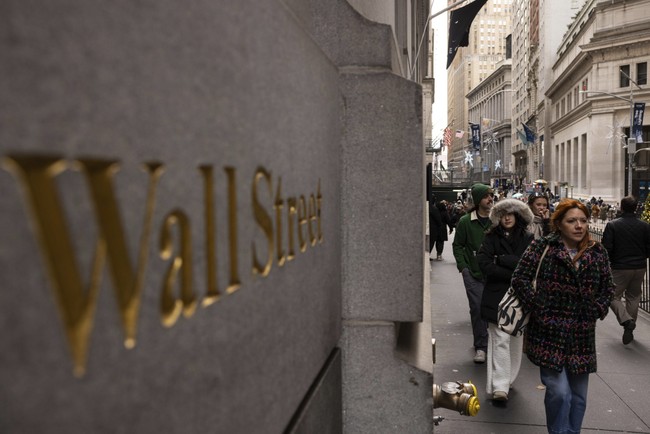
In a rare move, a member of the Federal Reserve Board of Governors has spoken out against the chairman’s policies and urged a cut in policy rates.
Economic expert and board member Christopher Waller wrote in his statement that he had dissented from the official decision at the recent Federal Open Market Committee (FOMC) meeting, since he favors cutting rates and doesn’t agree that tariffs drive long-term inflation, despite what the Fed’s chairman, Jerome Powell, wants to claim.
Waller first clarified that “tariffs are one-off increases in the price level and do not cause inflation beyond a temporary increase.” The economists who claim differently are lying, and in fact, tariff revenues just hit a record for the year of $150 billion, meaning that they will likely boost the economy.
Waller moved on to more reasons for cutting rates. He insisted that “a host of data argues that monetary policy should now be close to neutral, not restrictive. Real gross domestic product (GDP) growth was 1.2 percent in the first half of this year and is expected to remain soft for the rest of 2025, much lower than the median of FOMC participants’ estimates of longer-run GDP growth.”
Meanwhile, the unemployment rate is 4.1 percent, near the Committee’s longer-run estimate, and total inflation is close to our target at just slightly above 2 percent if we put aside tariff effects that I believe will be temporary. Taken together, the data imply the policy rate should be around neutral, which the median FOMC participant estimates is 3 percent, and not where we are—1.25 to 1.50 percentage points above 3 percent.
Yet Powell is stubbornly refusing to cut rates as he and Donald Trump are in a battle of wills over fiscal policy. Powell, even while making life more difficult for ordinary Americans, is in hot water for spending over $3 billion on renovating the Fed’s buildings. Talk about destructive elitism.
Trump: It looks like it’s about $3.1 billion
Powell: I’m not aware of that.
Trump: It just came out
Powell: You just added in a third building
Trump: It’s a building that’s being built
Powell: It was built five years ago.
🍿🍿🍿
— Spencer Hakimian (@SpencerHakimian) July 24, 2025
Recommended: Trump Says Russia Hoax Perpetrators Must ‘Pay a Big Price’
Waller added his last argument for cutting rates, namely that “while the labor market looks fine on the surface, once we account for expected data revisions, private-sector payroll growth is near stall speed, and other data suggest that the downside risks to the labor market have increased.”
He stated, “With underlying inflation near target and the upside risks to inflation limited, we should not wait until the labor market deteriorates before we cut the policy rate.”
While expressing respect for his colleagues’ opinions, Waller warned, “I believe that the wait and see approach is overly cautious, and, in my opinion, does not properly balance the risks to the outlook and could lead to policy falling behind the curve. The price effects from tariffs have been small so far, and since we will likely not get clarity on tariff levels or their ultimate impact on the economy over the course of the next several months, it is possible that the labor market falters before that clarity is obtained—if it ever is obtained.”
The Fed needs to be prepared. “When labor markets turn, they often turn fast. If we find ourselves needing to support the economy, waiting may unduly delay moving toward appropriate policy,” Waller argued.
In other words, Jerome Powell is flat out wrong.
Please support PJ Media’s efforts to expose the deep corruption in our bureaucracy. Join PJ Media VIP and use promo code FIGHT for 60%.








